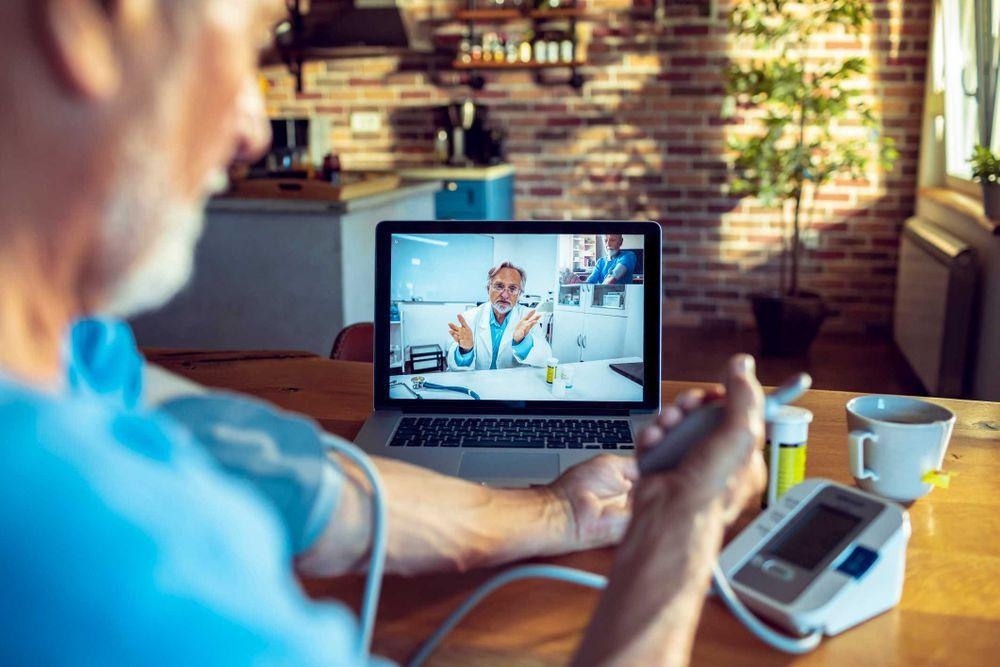
@ShahidNShah


Healthcare has been undergoing a process of consumerization, including moving into different settings, thus improving accessibility and equity. Hospitals are becoming more ancillary, while ambulatory centers, urgent care centers, minute clinics, and mobile care are increasingly part of the mix.
While access and convenience are critical, to be sustainable, telemedicine has to deliver good care and be cost-effective. It needs to fulfill the needs of all stakeholders: patients, payers, and healthcare providers.
Telemedicine can also help lower administrative costs, an area in which US spending is almost triple that of comparable countries, by moving administrative tasks (i.e. collection and processing of insurance details, prior-authorisation forms, co-pays) to online or mobile applications.
Continue reading at healthcareglobal.com
Last month, the senior executives at Naperville, Illinois-based Edward-Elmhurst Health, a three-hospital, 736-bed system in the western suburbs of Chicago that encompasses three hospitals – Edward …
Connecting innovation decision makers to authoritative information, institutions, people and insights.
Medigy accurately delivers healthcare and technology information, news and insight from around the world.
Medigy surfaces the world's best crowdsourced health tech offerings with social interactions and peer reviews.
© 2025 Netspective Foundation, Inc. All Rights Reserved.
Built on Apr 25, 2025 at 12:44pm